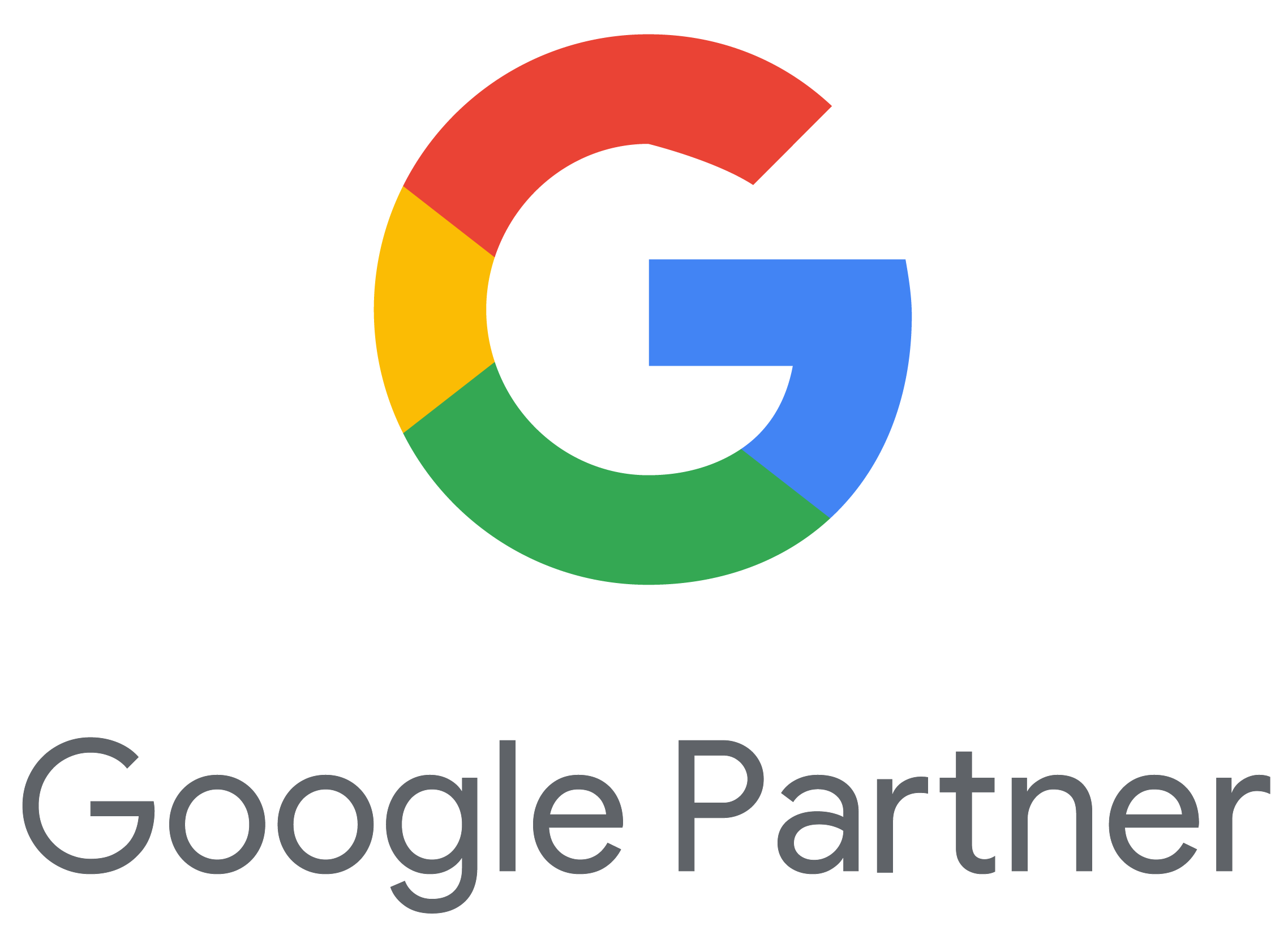Inbound Marketing for Higher Education: Attracting and Engaging Students with Content

In the increasingly competitive landscape of higher education, universities and colleges must innovate their marketing strategies to stand out. Inbound marketing, with its focus on attracting, engaging, and delighting individuals, provides a powerful methodology for educational institutions aiming to increase their enrollment figures.
Unlike traditional marketing efforts, which often involve pushing messages onto prospects in a one-size-fits-all manner, inbound marketing in higher education centers around creating and distributing valuable content tailored to the prospective students' interests and needs.
This approach not only enhances visibility but also builds meaningful relationships with applicants, guiding them through their educational journey—from awareness to decision.
Introduction to Inbound Marketing in Higher Education
What is Inbound Marketing and Why It Matters in Higher Education
Inbound marketing, unlike traditional marketing strategies that push messages out, pulls potential customers in by creating valuable content designed to address the specific needs and problems of a target audience.
In the context of higher education, this approach is critical as universities seek to attract, engage, and convert prospective students into enrolled pupils. By providing content that answers the questions prospective students are asking, institutions can establish a connection and build trust, making them a preferred choice in a competitive landscape.
The Shift from Traditional to Digital Tactics in Student Recruitment
The landscape of student recruitment has evolved dramatically with the rise of digital technology. Traditional methods like print ads, direct mail, and college fairs are being supplemented—and often overshadowed—by digital strategies that offer greater reach, better targeting, and more measurable results.
This shift underscores the importance of an effective inbound marketing strategy tailored to the digital-native generation.
Understanding Your Audience
To effectively implement inbound marketing strategies, higher education institutions must first understand who their audience is.
This involves a deep dive into the demographics, interests, and behaviors of prospective students, allowing for the creation of targeted content that resonates and engages.
Identifying Target Student Demographics
Universities can gather and utilize a variety of data sources to paint a detailed picture of their prospective students.
This includes demographic data such as age, geographic location, and educational background, as well as psychographic data like interests, career aspirations, and lifestyle choices.
Surveys, social media analytics, and enrollment data are valuable tools in gathering this information, which can then be used to tailor marketing messages more effectively.
Creating Buyer Personas
Once the data is collected, the next step is to create detailed buyer personas.
These personas are fictionalized representations of ideal students, synthesized from the collected data. Each persona should include:
- Background details (academic focus, family life)
- Demographics (age, location)
- Key motivations and goals
- Challenges and pain points
- Preferred content mediums (blogs, videos, social media platforms)
By understanding these elements, universities can craft content that speaks directly to the fears, aspirations, and needs of prospective students, making their marketing efforts more relevant and effective.
Content Creation Strategies
With a clear understanding of their audience, higher education institutions can move forward with developing impactful content that attracts and retains the attention of prospective students.
This involves choosing the right types of content and tailoring it to meet the specific needs and preferences of each persona.
Content Types That Resonate with Prospective Students
Different types of content can be utilized to engage students at various stages of their decision-making process:
- Blog Posts: Provide detailed insights on topics like course offerings, campus life, and financial aid options.
- Videos: Offer virtual tours, student testimonials, and day-in-the-life segments to give a realistic preview of the student experience.
- Downloadable Guides: Include comprehensive guides on application processes, scholarship opportunities, and preparation tips for college.
- Infographics: Simplify complex data, such as course comparisons or statistical benefits of certain degrees, making it easy to digest.
Incorporating a mix of these content types ensures that institutions can cater to different learning and consumption preferences, enhancing engagement across various touchpoints.
Leveraging Student Data for Personalized Content
Personalization can significantly increase the effectiveness of content.
Using the data collected about their demographics, interests, and behaviors, universities can craft content that addresses the specific concerns and questions of each persona. For instance:
- A prospective student interested in environmental science might receive content about sustainability initiatives on campus.
- An international student might find tailored information about accommodation, visa processes, and integration into campus life.
Implementing Inbound Marketing Techniques
Once the strategy for content creation is in place, the focus shifts to effectively implementing inbound marketing techniques that will distribute this content to the right audience at the right time.
Here, we discuss several essential techniques, from SEO to social media and email marketing, to ensure that content not only reaches its intended audience but also engages them effectively.
SEO Best Practices for Higher Education
Search Engine Optimization (SEO) is crucial for making sure that the educational content created reaches prospective students when they search for relevant topics.
Implementing SEO involves:
- Keyword Research: Identify keywords that prospective students are using in their searches related to higher education, such as "best engineering colleges" or "scholarship applications for MBA."
- On-Page Optimization: Ensure that these keywords are naturally incorporated into titles, headers, meta descriptions, and throughout the content.
- Technical SEO: Enhance the website’s backend, including speed optimization and mobile responsiveness, to improve user experience and support SEO efforts.
Utilizing Social Media Effectively
Social media platforms are integral for connecting with prospective students.
Each platform serves different purposes and reaches different segments of the audience:
- Instagram and TikTok: Ideal for reaching younger audiences with visual content like campus life highlights and student-led events.
- Facebook and LinkedIn: More suited for sharing articles, success stories, and detailed posts about faculty achievements and alumni careers.
- Twitter: Great for quick updates, news, and engaging directly with students through Q&A sessions or live tweets during events.
Email Marketing Campaigns
Email remains a powerful tool for personalized communication:
- Segmentation: Tailor email content based on the interests and behaviors of different student personas to increase relevance and engagement.
- Engagement: Design emails to include calls-to-action such as applying, visiting, or contacting for more information.
- Automation: Use automated email sequences to nurture leads through the enrollment funnel, from initial interest to application submission.
Advanced Tools and Technologies
The use of advanced tools and technologies can significantly enhance the effectiveness of inbound marketing strategies by providing deeper insights, automating processes, and enabling more personalized interactions.
This section explores how higher education institutions can leverage these advancements to refine their marketing efforts.
Integrating AI in Inbound Marketing
Artificial Intelligence (AI) plays a crucial role in streamlining and optimizing marketing campaigns:
- Predictive Analytics: AI can analyze data patterns to predict student behaviors and preferences, allowing universities to create more targeted marketing strategies.
- Automated Communication Tools: Chatbots and AI-driven communication platforms can provide instant responses to student inquiries, improving engagement and satisfaction.
Analytics and Measurement Tools
Effective measurement and analytics are key to understanding the impact of inbound marketing efforts and making informed decisions:
- Key Performance Indicators (KPIs): Establish clear metrics such as website traffic, lead conversion rates, and engagement levels to gauge success.
- Tools Recommendation: Utilize platforms like Google Analytics, HubSpot, and Hootsuite for comprehensive tracking and analysis. These tools offer insights into user behavior, campaign performance, and ROI, enabling institutions to optimize their strategies continually.
Step-by-Step Guide to Setting Up an Inbound Marketing Campaign
Successfully launching an inbound marketing campaign in higher education requires careful planning, execution, and monitoring. This step-by-step guide provides practical instructions on how to initiate and manage an effective campaign.
Planning and Strategy Development
Before launching a campaign, it's essential to have a well-thought-out plan that aligns with the institution's goals:
- Identifying Objectives: Define what the campaign aims to achieve, such as increasing inquiries, boosting applications, or enhancing student engagement.
- Content Ideation and Scheduling: Develop a content calendar that outlines what to publish, when, and on which platforms, ensuring consistent engagement with the target audience.
Execution and Management
With a strategy in place, the focus shifts to executing the plan:
- Content Creation: Produce high-quality, engaging content tailored to the identified personas and optimized for SEO.
- Distribution Channels: Utilize various channels such as the institution’s website, social media platforms, and email to disseminate content effectively.
- Engagement Tactics: Engage with prospective students by responding to their queries promptly and fostering discussions around the content.
Measuring ROI and Adjusting Strategies
The final step involves analyzing the results and refining the strategy:
- Performance Tracking: Use analytics tools to track engagement metrics and assess the effectiveness of different content types and channels.
- Adjusting Strategies: Based on the analytics, make necessary adjustments to the content, channels, or communication tactics to improve future campaign performance.
Tutorial: Using Specific Tools (CMS, CRM, Analytics)
- Content Management System (CMS): Tutorial on how to use a CMS like WordPress or Drupal to manage and publish content.
- Customer Relationship Management (CRM): Guide on leveraging CRM software to track interactions with prospective students and manage relationships.
- Analytics: Instructions on setting up and using Google Analytics to monitor website traffic and user engagement, helping to optimize ongoing and future campaigns.
Final Thoughts
Inbound marketing is essential for higher education institutions aiming to enhance student engagement and enrollment.
By understanding your audience and employing tailored content strategies across various media, universities can significantly improve their reach and effectiveness.
Advanced digital tools and analytics further optimize these efforts, ensuring that strategies remain data-driven and efficient.
Institutions looking to maximize their marketing potential should consider partnering with experienced agencies like AdClear, which specializes in crafting customized inbound marketing strategies for the education sector.
Explore how AdClear can help your institution achieve its marketing goals and stand out in the competitive educational landscape.




